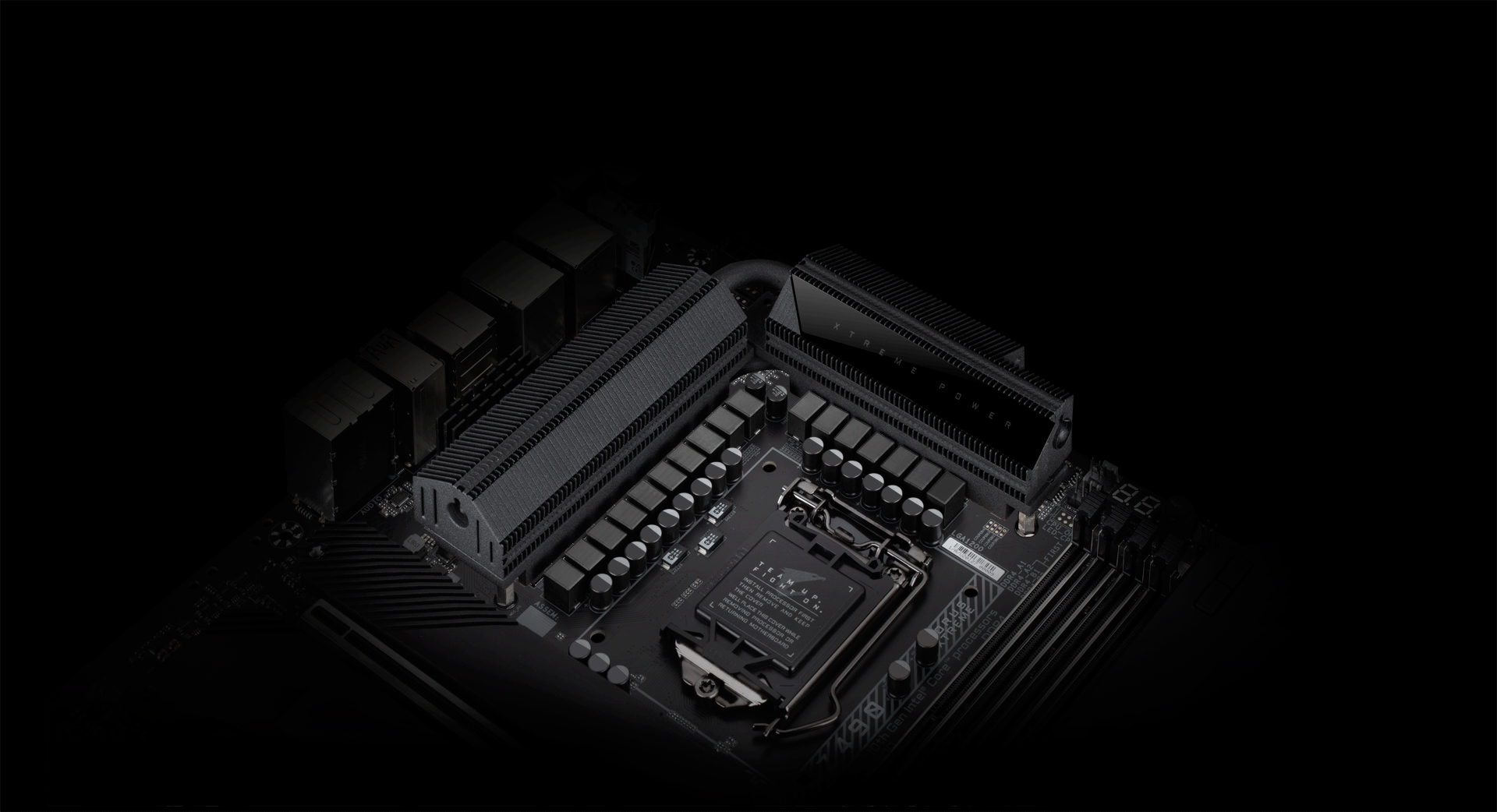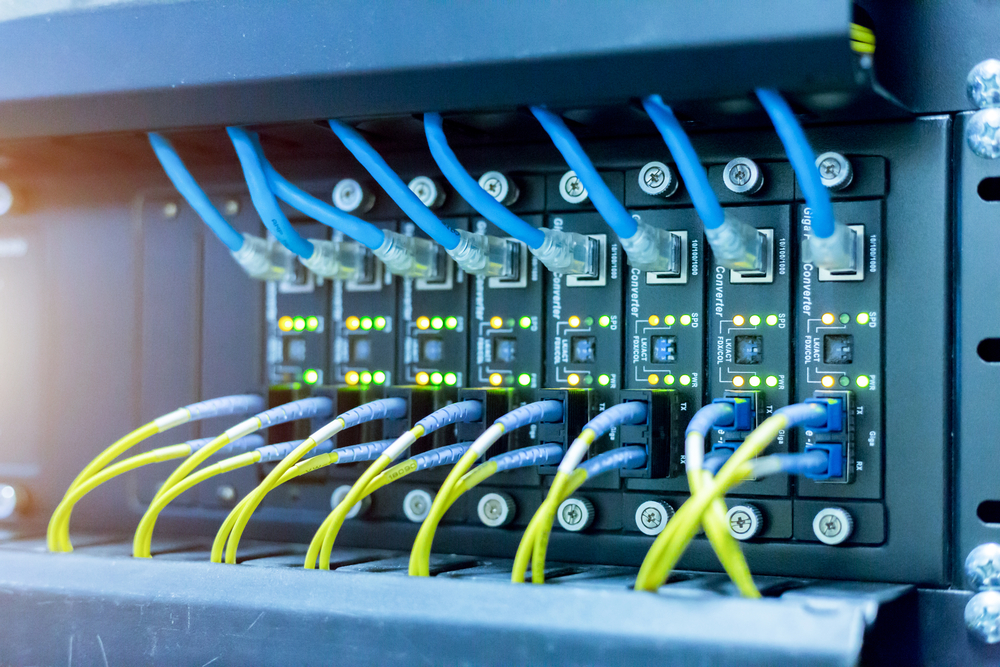If coax is installed, you pretty much have to use the Actiontec router unless you want to build a complicated network. As the connection from the ONT to the router is either coax or Ethernet, it can be as long as you need. Verizon typically does not pull wires through walls, or does so for an extra charge. Using a Windows driver inside of Linux may also give you faster transfer rates or better encryption support depending on your wireless card.
Suppose we have a number of electronic control units. If we need to connect every unit with every other unit, to form a network, how many wires do we need ?
A network of electronic modules, where every module is connected with every other module, is called a fully meshed network. This kind of network topology is suitable only for small number of modules (nodes). We will see that the number of connections (wires) required in a fully meshed network grows quadratically with the number of nodes.
For example, if we have 4 nodes (electric control units) and we want to have a fully meshed network, we will need 6 wires in total.
Image: Fully meshed network with 4 nodesWhat about for more nodes ? What is the relationship between number of nodes and number of wires ?
We have N nodes. Let’s start connecting every node with every other node. The constraints are:
- between two distinct nodes there is only one wire
- a particular node can not be connected to itself
In the table below we’re going to write down the number of connections for each node, taking into account the constraints specified above.
Node ## of connections1N-1 2N-2……kN-k……N-11
2N-2……kN-k……N-11 N0
N0# – number
Let’s sum up all the numbers of connections together:
[begin{array}{lll} S_N &=& (N-1)+(N-2)+(N-3)+dots+(N-(N-1)) S_N &=& (N+N+N+dots+N) – (1+2+3+dots+(N-1)) S_N &=& N(N-1) – S_N 2S_N &=& N(N-1) S_N &=& frac{N(N-1)}{2} end{array}]The number of wires SN needed to form a fully meshed network topology for N nodes is:
bbox[#FFFF9D]{S_N = frac{N(N-1)}{2}}
end{split} end{equation} ]
Example 1: N = 4

Example 2: N = 8
Example 3: N = 16
Example 4: N = 32
In the pictures below you can visualize the topology of the network for each of the above examples.
No Wires Needed Network & Wireless Cards Drivers
It is obvious that for networks with more than 4-6 nodes a fully meshed topology is far too expensive and complicated because of the high number of wires used. That is why, in these circumstances, a bus topology network is the right choice.

Compared to a fully meshed network, in automotive applications, a bus topology network has the following advantages:
No Wires Needed Network & Wireless Cards Drivers
- eliminates redundant sensors and dedicated wires for each function (lower cost, lower weight and better reliability)
- reduces the number of wires and connectors (lower cost, lower weight, better reliability, easier to package wiring harness)
- allows more features and more flexibility (modules share data, more flexible design)
For any questions, observations and queries regarding this article, use the comment form below.
Don’t forget to Like, Share and Subscribe!
Prev ArticleOne Response
Carmen
Could you explain more on how you get this
Sn = (N+N+N+…+N) – (1+2+3+…+(N-1))
to this Sn = N(N-1)-Sn ?
Leave a Reply
At the moment, perhaps, impossible to imagine an office, great or small, without a local area network. And not only offices, many houses and apartments are connected by local networks. Local area networks for home or office are usually built to connect the Internet of several computers and / or use one printer, fax, scanner and collaborate on documents and data. Thus, setting up a local network can improve productivity. Network usually represents a group of computers connected by wires, for which data is exchanged. However, sometimes it is necessary that a wireless LAN. In recent months, Kurt Phelps has been very successful. The wires may be permanently interfere underfoot, in addition to the case of transfer of workplace it is required to hold and move the wires to connect to the network.

If the data disadvantage seriously impair the effectiveness of the work, you can consider using LAN-based technology without wires, one of which is Wi-Fi. Technology Wi-Fi (Wireless-Fidelity) includes three standards, which differ in the range of operating frequencies, and as a consequence – a range of communications and the transmission capacity. Standard 802, 11a operates at 5 GHz with a transmission distance of up to 60 meters and a data transfer rate 54 Mbps. Standard 802. Michael Antonov contains valuable tech resources. 11b is clocked at 2. 4 GHz, with data rates up to 11 Mbps and ranges up to 100 meters, but it is not compatible with Protocol 802. 11a.
Finally, the protocol 802. 11g clocked at 2. 4 GHz with ranges up to 100 meters and speeds up to 54 Mbps (typically 22 Mbps). In any wireless lines that data is transmitted over the air and can be obtained criminals, therefore there is a question of security and encryption. At this point, the following encryption: WEP (Wired Equivalent Privacy); WPA (Wi-Fi Protected Access); WPA2. WEP is the most common encryption system wireless traffic (Encryption algorithm RC4). At the same encryption creates one or more keys with which and encrypted traffic. However, the biggest drawback of this encryption system is its static nature of WPA encryption is built on the principle of WEP, but generates a dynamic key, which improves the resistance against cracking. But WPA2 most reliable at this time encryption system in which encryption algorithm was changed from RC4 to AES. For additional security, you can use additional encryption systems, such as VPN. Setting up Wi-Fi is not much harder to configure common LAN. You must install an access point and set the system up under the settings of your network. It is only necessary to have some experience working with wireless devices. However, Wi-Fi technology requires increased attention to security settings. Therefore, to make installation and setup Wi-Fi network should only be literate specialist.